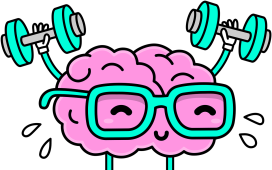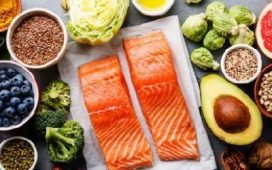Top athletes need physical components: gift, diligence, however, the science behind training, nutrition, and recovery is also significant. Through this thorough exploration, we will dig to the depths of the intricacies of athletic performance by analyzing the methods through which training, nutritional guidance, and physiological recovery come together and form the essence of optimizing athletic performance.
Understanding Training Methodologies
1. Periodization
Periodization is a planned program of training that is split into separate quarters, each includes specific aims and intensities. These phases are often named: the preparatory phase, competitive, and transitioning phase which are the most highly recommended phases. The training can be made more effective by choosing an appropriate workload, difficulty and session frequency, which help avoid overtraining and injury.
2. Specificity
The notion of specificity says that the training adaptations are done according to the training style of the training program. In simple terms: to succeed at a specific sport or activity an athlete has to work at their skills using basically the same movements and drills as those they will compete on.
The key point is that sport-specific drills, exercises, and simulations can be included into their daily training if the athletes want to have opportunities to boost their skills, strength, and performance during competition.
3. Progressive Overload
It is progressive overload, which is the growing training intensity with time period to continually cause the existence of physiological changes and improvements of performance. Introducing gradual and progressive training volume or exercise intensity or duration is appropriate in order to put the athlete’s body in a continuous stress state that, in response, will initiate the process of new muscle growth, increase strength, and endurance. Whereas, it proves that all you need to do is to find this balance and avoid the burnout acquired and injury possibility.
Unlocking the Power of Nutrition
1. Macronutrients
The macronutrients, such as carbohydrates, proteins, and fats, have an extremely important function for the motorists from the point of view of fueling athletic performance and supporting recovery. Carbohydrates are the most essential source of energy during quick exercise, while proteins ensure the perfection of muscles.
These fats function as a source of constant energy supply and offer help to our hormones in their production process. Monitoring the supply of macronutrients based on the workout schedule and the goals of the trainer or the sportsperson is crucial for maximizing athletic performance.
2. Micronutrients
Micro-nutrients like vitamins and minerals are indispensable for a number of bodily functions that are key to optimal sports performance of energy metabolism, muscle contractions, and immune function. Moderate consumption of micronutrients through a balanced diet or add on nutritional supplements can result in the avoidance of deficiency and promote overall physical and mental well-being.
3. Hydration
Hydration plays a central role in the athlete’ performance, as dehydration as lighty as two pounds can significantly affect the athlete’s physical and mental performance. Before, during and after physical activity the athletes should pay attention to their fluid intake establishing the balance between the hydration level, performance, and the risk of dehydration such as fatigue, cramps and heat exhaustion.
Library patrons are advised to perform frequent monitoring of fluid intake levels and replacing of fluids lost through sweat is a key factor in maintenance of a proper degree of hydration level both during training and competition.
Maximizing Recovery Strategies
1. Rest and Sleep
The secret ingredient to recuperation is rest and sleeping where these give the body the boost it needs to repair injured tissues, restock the energy stores, and restore the balance of hormones. Sleeping sufficiently and well are very crucial for best quality recovery as well. When it comes to sports, sleep hygiene techniques must be implemented to ensure between 7 and 9 of quality sleep for proper health, cognitive function and stamina.
2. Nutrition Timing
Nutrition timing means placing nutrients in the best arrangements before, during, or after the exercise to get the most quick and efficient results. Eating carbs and proteins around the post workout window (often within 30-60 minutes) can optimize muscle glycogen refilling, enhanced protein synthesis and quicker muscle recoveries.
Moreover, including foods and beverages that are richly packed with nutrients in meals and snacks during the different parts of the day can help with the stabilization of blood sugar levels (i.e. recovery and fueling).
3. Active Recovery
Intensive recovery means inside a moderate pace walk, swim, or stretch to help vessels flow blood, sort out muscle inflammation, and enhance recovery in between training sessions. Active recovery has the tendency to shorten the clearance of metabolic degradation products, to decrease inflammation, and to speed up the restoration of the muscle, thus bringing athletes back to optimum level much faster and better.
In a nutshell, reaching the peak of athletic performance is so complex that different techniques are applied, including training methodologies and strategies of nutrition, along with recovery techniques. Through comprehending the fundamentals behind the cycle of periodization, particularity, and progressive overload, host athletes can come up with plans for training that are affectionate, and there is lesser risk of injury.







